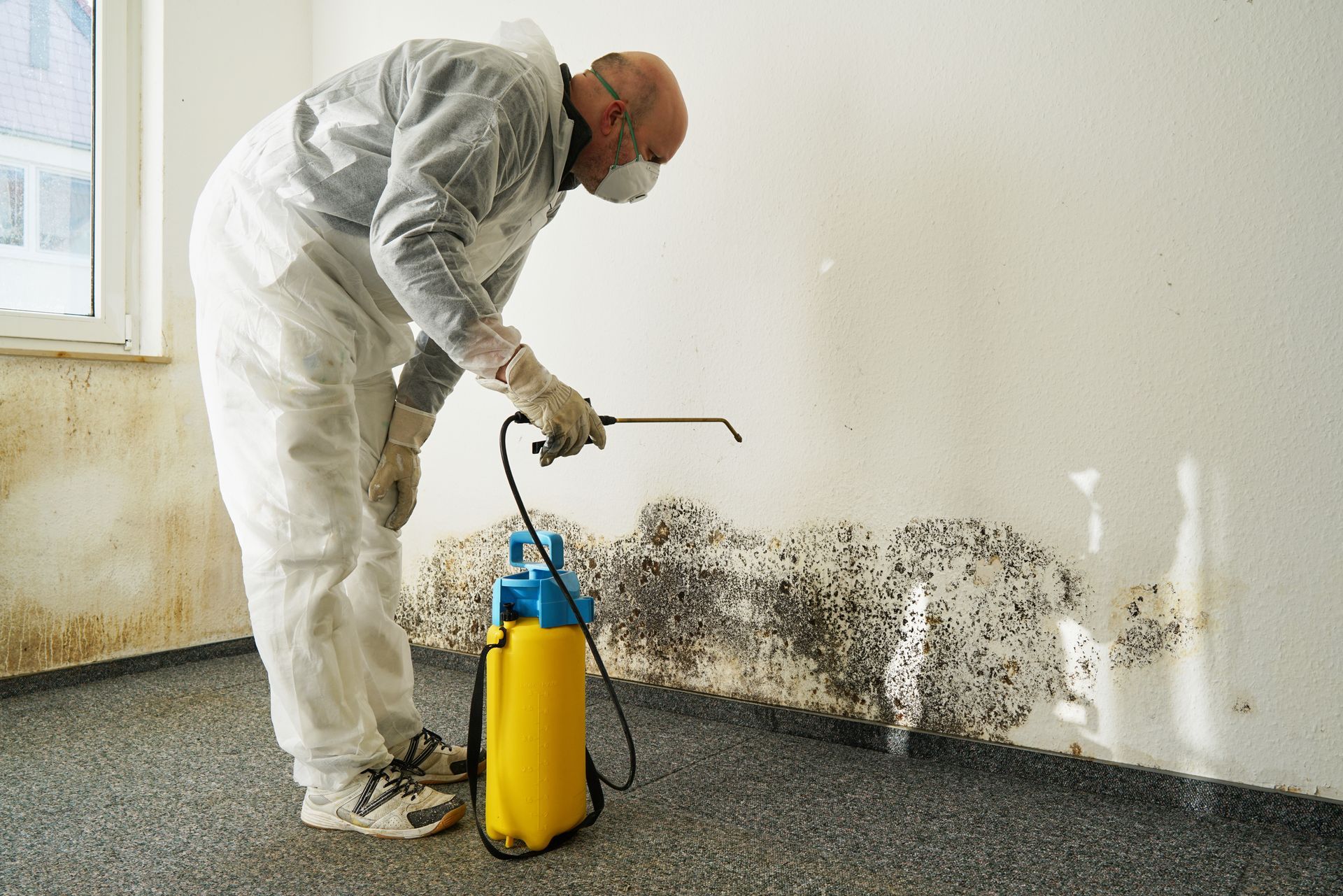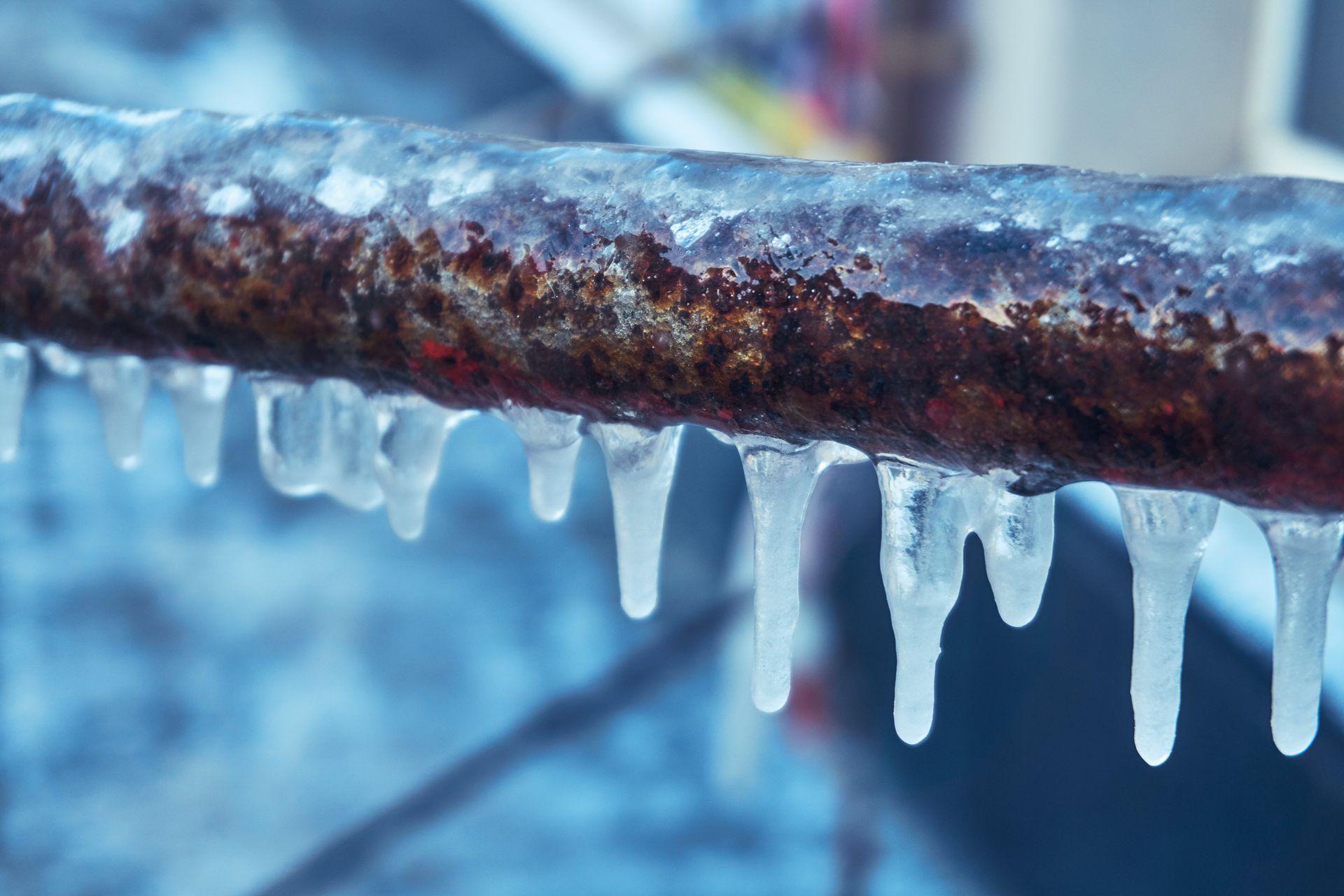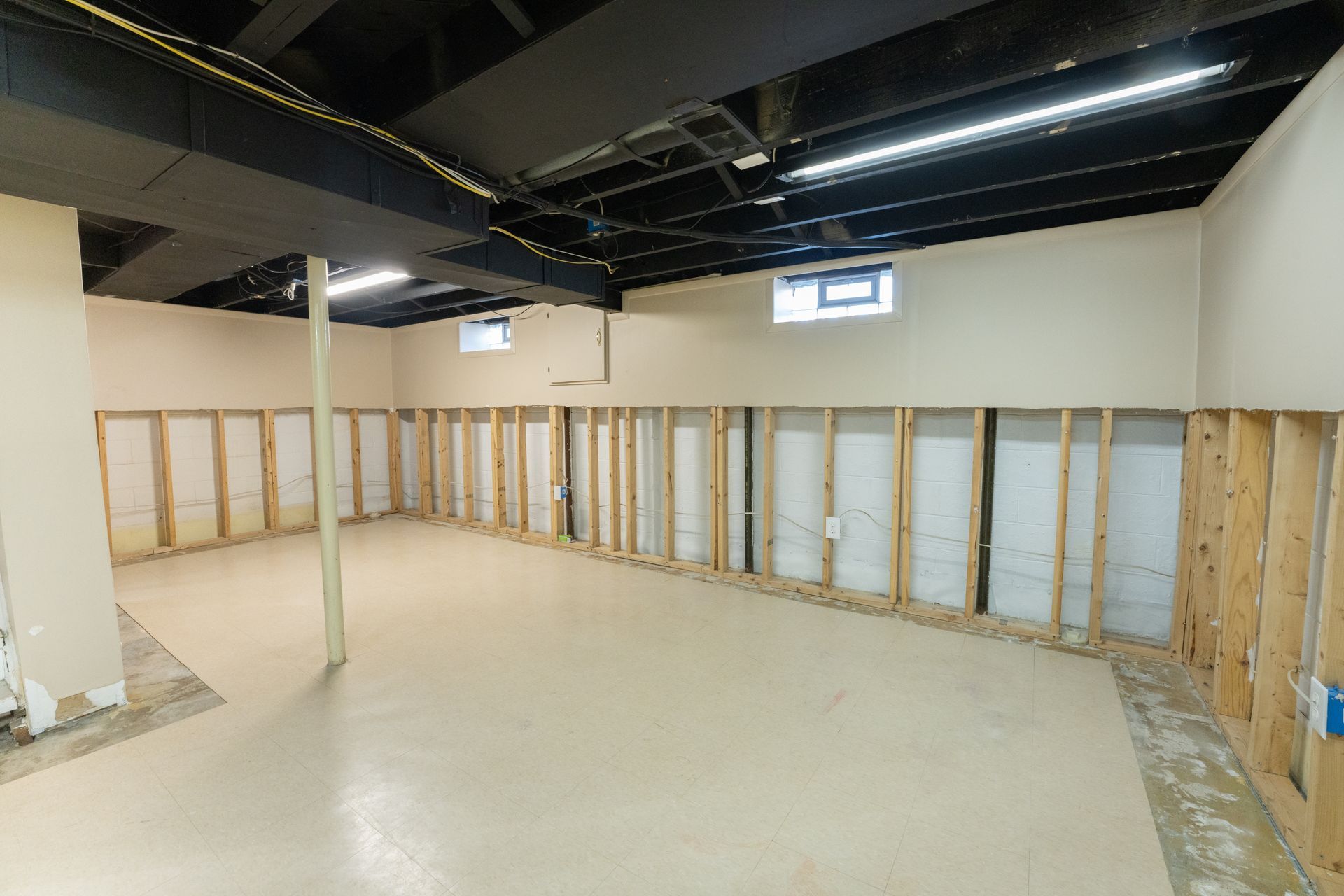Repoint Your Chimney
Is it time to repoint your chimney?
Mortar joints may last up to 25 years before repairs are needed. While the brick around them can last for 100+ years, a chimney’s life is often determined by weather.
When the weather begins its steady descent into winter, we’re especially susceptible to changes in temperatures, rain turning into sleet into snow, followed by a crisp and sunny winter day. This weather might mess with your head, but it slowly destroys your masonry. Moisture is absorbed into brick and mortar, and with the temperature fluctuations the water expands and contracts. If brick and mortar were equally strong, this thermal expansion would cause irreparable damage to brick and mortar.
For this reason, the compression strength of mortar is less than the brick. As temperatures fluctuate, the expanding brick overpowers the expanding mortar. Over years of thermal expansion cycles, this will cause enough damage to the mortar that it will need to be repaired. If mortar wasn’t calculated to be softer than bricks, regular reconstruction of your masonry would be necessary.
The Chimney Repointing Process
Repointing a masonry chimney requires a skilled professional. Repointing is far more than just slapping some mortar into cracks. The process requires different skills than traditional masonry, and even masons with years of experience might not have significant experience repointing brick.
Assessment: The biggest challenge of repointing is determining the extent of the mortar damage and removing damaged joints without causing new damage. Generally, an expert starts with a visual inspection where erosion deeper than 6mm, crumbling mortar, and cracks between brick and mortar or within the mortar are noted. After the visual inspection, specialized tools such as metal scrapes or special low-pressure water sprayers might be used to determine the extent of the damage. Once the determination has been made, the deteriorated mortar joints must be removed.
Removing mortar joints: It’s important that the joint be removed to an appropriate depth without causing extra mortar or brick damage. Once the joints are removed, the new mortar must be mixed. This mortar should be as similar in composition to the existing mortar as possible, lest thermal expansion cause the mortar to react differently to the pressure of expanding brick. Ignoring this step could lead to premature mortar deterioration. Using mortar with excessive compression strength can cause permanent brick damage, such as cracking and splitting.
Applying mortar: The correct mortar is then placed between the brick by layering, compacting and tooling. This helps adhere the old mortar to the new and ensures a snug fit between brick and mortar.
Professional masons experienced in repointing also take care to match the shade of the new mortar to that of the old. This is purely aesthetic and keeps the chimney repointing from looking sloppy. A skilled mason will do this with minimal mess and will ensure the brickwork is clean before finishing the job.
Applying Sealant: Finally, a waterproof sealant is applied to the fresh repointing. This will help prevent water from permeating your chimney, and thus will help extend the life of your mortar joints.
Get the Chimney Checked
While all masonry will need repointing at some point, chimneys are particularly susceptible to water damage. Their location subjects them to constant temperature changes while making them difficult to monitor for signs of damage. Before fall slides into winter, have your chimney inspected for mortar damage.








